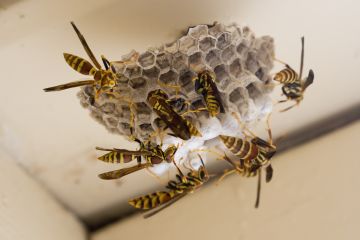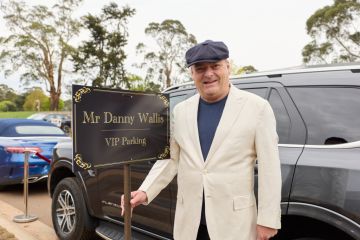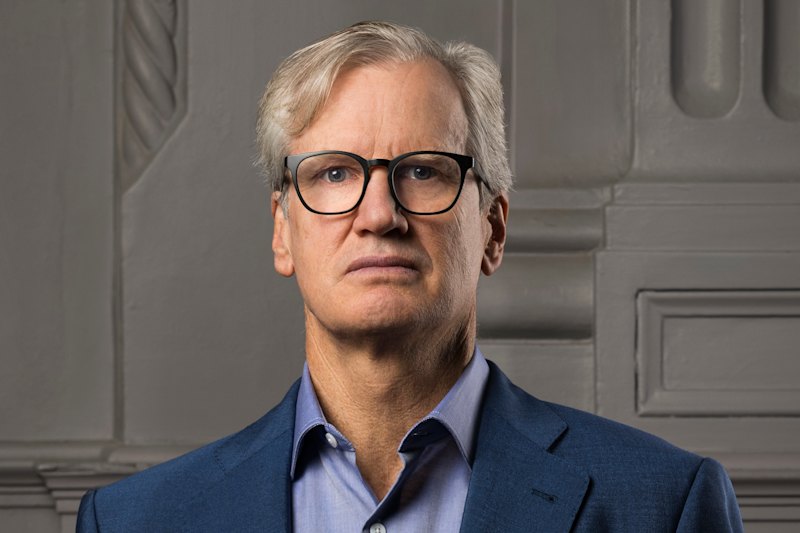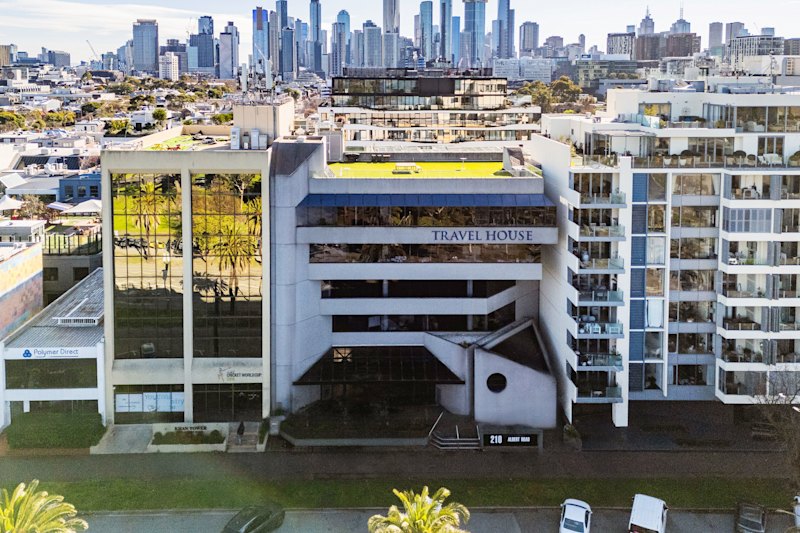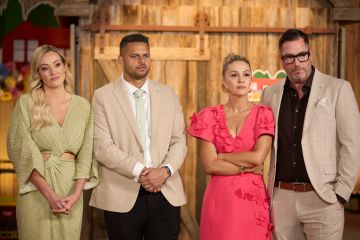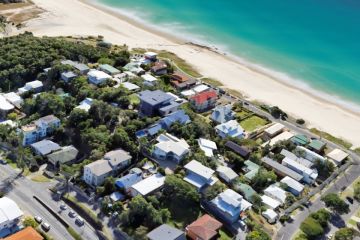Alternatives to activating vacant city land - Get Sunflowered
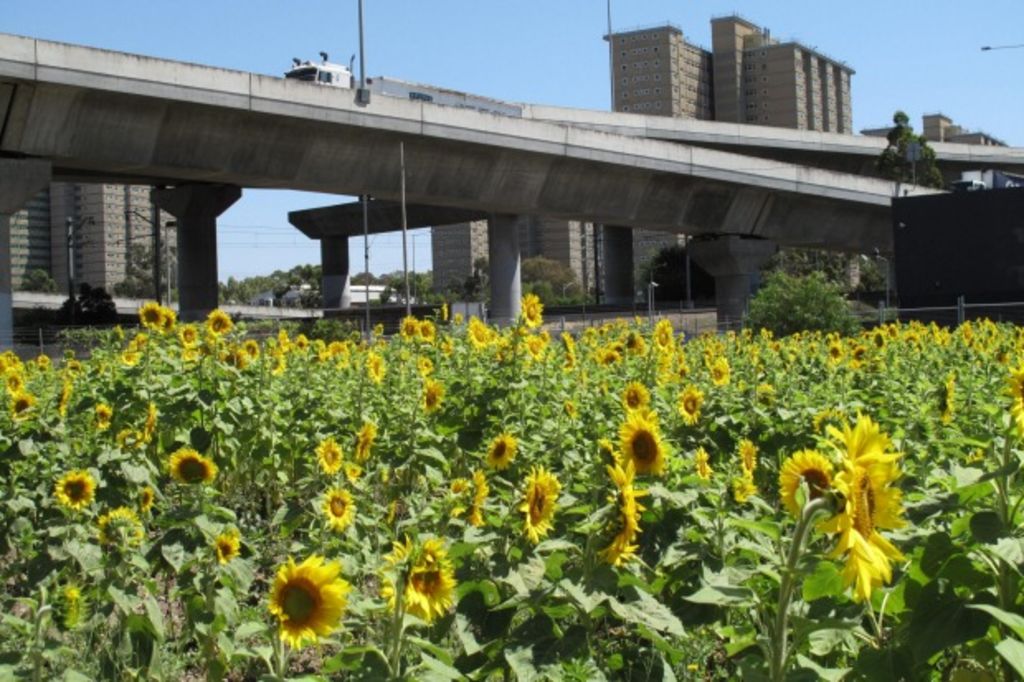
Australian academics and artists are reimagining vacant city land to better bring communities together.
Originally an art installation titled ‘Fieldwork’ created by Ben Morieson, large urban sunflower fields have become a statewide initiative for bringing communities together.
“It was for me a way to ‘paint’ the landscape a colour that stood out among the grey and muted tones of factories and a freeway,” Morieson says.
Morieson’s idea has since been adopted by Reactivate Latrobe Valley as an ongoing initiative for engaging struggling communities.
Led by RMIT’s Office of Urban Transformations Research (OUTR) Lab, the reimagined guise titled “Get Sunflowered” transforms vacant sites located throughout the Latrobe Valley.

A Get Sunflowered project designed as 2.4km spiral maze of sunflowers located on the old hospital site at Narracan Drive, Moe.
Sites allocated for the 2016 program include an old hospital site in Moe, former Victorian Railway Institute Hall in Traralgon and industrial land in Morwell.
“Ben’s work in Kensington was very much an art piece, whereas we wanted to shift it to be about the community and have them making the work,” says Craig Douglas, senior lecturer at RMIT and co-director of Reactivate Latrobe Valley.
The purpose of the Get Sunflowered fields is to reactivate unattractive blocks of land sitting idle as they await development.
“Sunflowers are incredibly beautiful and they bring about wonderful change, but they’re really more a happy byproduct of the project,” Douglas says.
“It’s more about bringing people together to be part of change and connect those people who have lost touch with the community.”

A Get Sunflowered site as part of Reactivate Latrobe Valley.
The sunflower fields carry myriad benefits for the community in drawing tourists to the area, encouraging increased interaction among residents, drawing contaminants out of the ground, supporting local fauna and even boosting happiness levels.
“The sunflower has this historical, scientific significance in bringing joy so there’s a really good psychology behind them…it’s kind of a nice thing that the flowers generate that joy, which is what the project’s all about,” Douglas says.
“Some people have said that working in the field you kind of feel like you’re being watched sometimes or with a whole group of people, but they’re just big plants.”
The project has generated hundreds of paid and volunteer positions around the state, including participants in the Work for the Dole scheme.
“It’s been fantastic for them because the disconnection with those guys is amplified to such a degree that they completely feel dislocated from the community so you’re bringing them together, they’re making friends with each other, they’re getting up in the morning and coming to work and learning what work’s about,” Douglas says.
“They’re now invested in the project and giving back some time on weekends to do maintenance.”

Photo: Ben Morieson
Sunflower expert Keith White who donated thousands of the sunflower seeds to the program has since recruited two local unemployed people to work in his nursery outside Ballarat.
The program has also included work from inmates in the Fulham Correctional Centre located in Sale, Victoria.
“The guys love getting out of the institution and it’s a kind of reward for their good behaviour,” Douglas says.
“At the same time, most of these guys are getting close to completing their time in the institution and coming back into the community, so it starts to give them a way to engage with the community.”
The concept of activating temporarily vacant land has spawned several additional ways individuals can better engage with their communities such as pop-up stores, performances held in vacant shops and community food gardens.
“I think if councils were able to make available sites that are redundant or dormant it would allow for some creative and engaging projects. Vacant blocks could be used for art and open air performances and cinemas, markets, parties and gardens,” Morieson says.
“They would need to provide some basic infrastructure to support these enterprises, but open space is a great commodity for communities to develop ideas and relationships.”

Photo: Ben Morieson
Around the world other methods used to reactivate land include creating urban greenhouses, urban farms and hosting food truck parks.
“I think the most famous version of this situation is the High Line in New York. This disused railway line has become a way of connecting but also attracts overseas visitors,” Morieson says.
Based on the success of the 2015 program, the Get Sunflowered directors have successfully engaged international award-winning designers to design fields such as Stoss Landscape Urbanism from Boston, US.
The long-term goal of Get Sunflowered is to see fields being planted independently of Reactivate Latrobe Valley.
“What would be great is getting to a point where it’s self-sufficient– it’s done by the community or a body that takes ownership,” Douglas says.
The Get Sunflowered fields will flower at varying times between late January and early April, 2016.
We recommend
We thought you might like
States
Capital Cities
Capital Cities - Rentals
Popular Areas
Allhomes
More
